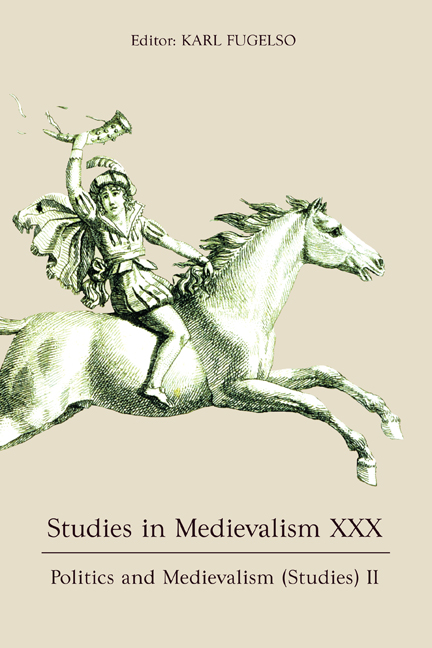Rest in Gold: A Medieval-Like Memorial for German Soldiers at El Alamein
Published online by Cambridge University Press: 24 March 2021
Summary
Three cemeteries in El Alamein, placed along the coastal road, hold the memory of one of the longest and most important conflicts of World War II: the Battle of El Alamein (July 1–27 and October 23–November 4, 1942). In 1951, 111 kilometers west of Alexandria, on the southern side of the road (actually, the parallel old coast road), a memorial for British and Commonwealth soldiers was established. In 1959, 119 kilometers from the same city, on the northern side of the new coastal road, a German memorial was built (Fig. 1), and in 1958, five kilometers farther, on the same side of the road, an Italian memorial was constructed. The diverse locations of these war cemeteries along the same route reflects the balance of power during the battle, where British and Commonwealth forces fought against the Axis powers and ended the long fight for the Western Desert. In fact, the Battle of El Alamein stopped Germany from overrunning Egypt and seizing the Suez Canal.
The diversity of powers is reflected beyond the topography. It is expressed conceptually by the architectural choices and type of graves. Sir Hubert Worthington (1886–1963) designed a cemetery for the Commonwealth memorial that takes the form of a cloister, with thousands of individual gravestones set in rows as well as stone name-panels on the walls. The Germans and Italians, on the other hand, constructed above the mass graves a centralized monument, a mausoleum. The original intention was to combine the commemoration of the German and Italian soldiers, and plans were even made for an octagonal-shaped memorial. Yet, disagreements about a tower ultimately led to two separate monuments.
The Italian memorial was planned as a compound. At the entrance, there is a service complex, including a small museum of war relics. A road oriented to the north ends in an impressive open staircase leading to the entrance of an octagonal tower (42.5 meters high) of white marble, surrounded by an open ramp. Designed by Paolo Caccia Dominioni, the tower contains at its center a wide-open chapel with windows overlooking the sea, and a giant cross hangs above. The large hall is surrounded by thousands of white-marble name-panels covering the walls and side chambers.
- Type
- Chapter
- Information
- Studies in Medievalism XXXPolitics and Medievalism (Studies) II, pp. 75 - 106Publisher: Boydell & BrewerPrint publication year: 2021

